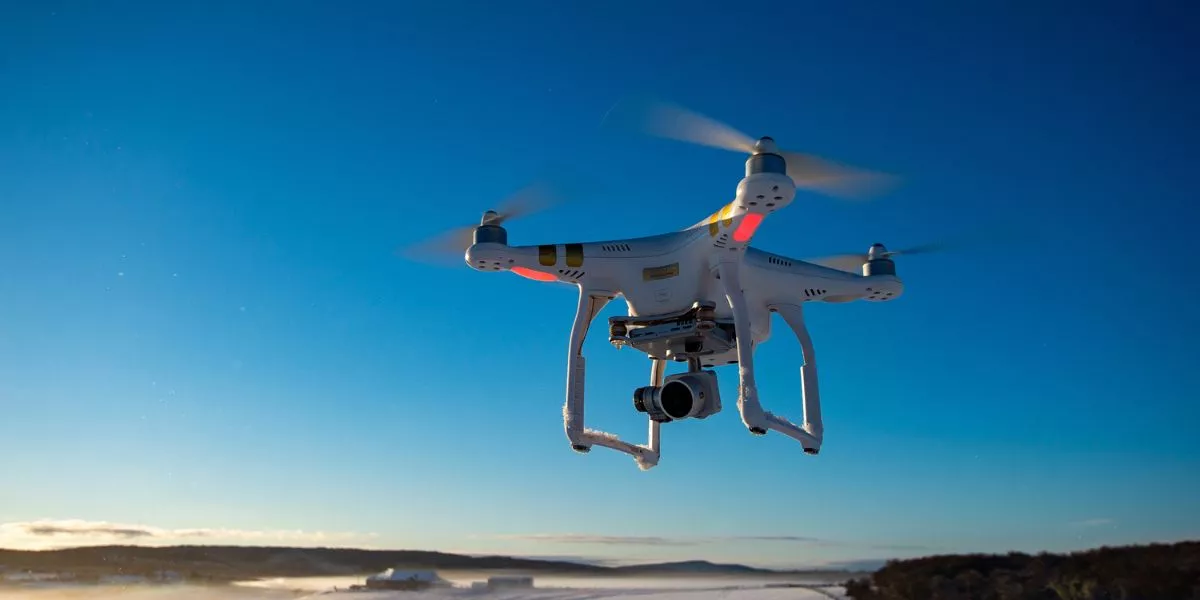When it comes to flying drones, understanding the legal rules in different countries is crucial. Each nation has its own set of regulations that can impact your ability to operate a drone safely and legally. In some places, you might need to register your drone or adhere to specific altitude limits. Curious about how these rules vary across regions? Let’s explore the key regulations that could affect your drone experience.
Overview of Global Drone Regulations
As you explore the world of drone regulations, you’ll find that laws vary significantly from one country to another. Some nations have strict guidelines, while others are more relaxed, creating a complex landscape for drone operators.
In countries like Canada and Australia, you must register your drone and follow specific altitude restrictions. Meanwhile, in the European Union, drone regulations aim for uniformity, requiring operators to adhere to safety and privacy standards.
In contrast, certain developing nations may have minimal regulations, but that doesn’t mean you shouldn’t exercise caution. Always research local laws before flying, as ignorance can lead to hefty fines or even confiscation of your drone.
Staying informed is key to enjoying your drone experience safely and responsibly.
Key Regulations in the United States
While navigating drone regulations in the United States, you’ll find that the Federal Aviation Administration (FAA) sets the primary rules for both recreational and commercial use.
To fly a drone for fun, you need to register it if it weighs more than 0.55 pounds. You must also follow specific guidelines, like flying below 400 feet, keeping your drone within sight, and avoiding flying near airports or people.
For commercial use, you’ll need a Remote Pilot Certificate, which involves passing a knowledge test. Always check for local laws, as some areas have additional restrictions.
Drone Laws in Europe: A Country-by-Country Breakdown
Understanding drone laws in Europe can be quite different from what you might encounter in the United States. Each country has its own specific regulations, so it’s crucial to check local laws before flying.
In the UK, for instance, you must register your drone and follow guidelines set by the Civil Aviation Authority.
France requires drones to stay below 150 meters and mandates insurance for commercial use.
In Germany, drone operators need a special license for anything over 250 grams.
Spain has strict no-fly zones, especially near airports and urban areas.
Always keep your drone in sight and respect privacy laws across the continent.
Familiarizing yourself with these rules will help you fly safely and legally in Europe.
Understanding Drone Restrictions in Asia and Beyond
When considering drone regulations in Asia and beyond, it’s essential to recognize that laws vary significantly from one country to another.
In countries like Japan, you must register your drone if it exceeds 200 grams, while in India, flying requires permission from the government.
In China, commercial drone operators face strict licensing requirements, and personal use is heavily regulated.
Southeast Asian nations often have unique restrictions, such as altitude limits and no-fly zones around airports.
Understanding these differences is crucial before you take off, as penalties can be severe.
Always check local guidelines to ensure compliance and avoid fines or confiscation of your equipment.
Stay informed, and enjoy your flying experience responsibly!
Conclusion
In summary, navigating drone regulations can be tricky, but it’s crucial for safe flying. Always check local laws before taking off, whether you’re in the U.S., Europe, or Asia. Each country has its own rules on registration, altitude limits, and permissions. By staying informed and compliant, you can enjoy your drone experience while respecting the airspace and safety of others. So, before your next flight, make sure you know the regulations that apply to your location!

